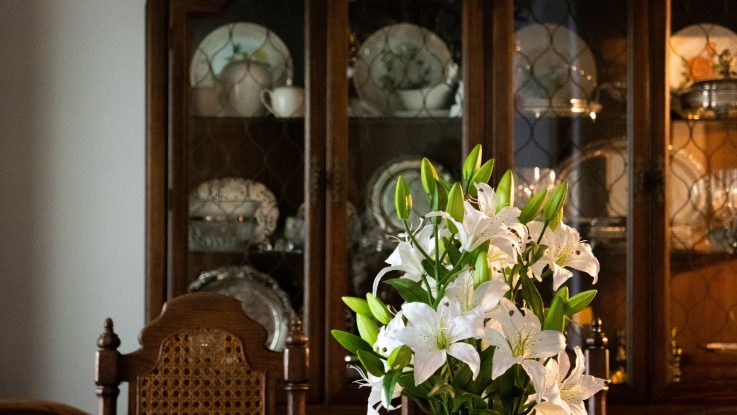
Antique china cabinets are treasured pieces of furniture that have captivated the hearts of collectors and homeowners alike, serving as both functional storage and elegant displays for cherished items.
A china cabinet is designed to showcase and protect delicate dishware, glassware, and other collectibles, often featuring glass-fronted doors, shelves, or drawers. The term “antique” typically refers to a china cabinet that’s at least 100 years old, imbuing the piece with rich history and unique charm.
In this article, we’ll explore the different styles of antique china cabinets, delving into the nuances of identifying and valuing these exceptional pieces to help you unlock the secrets behind their allure and worth.
Identifying Different China Cabinet Styles
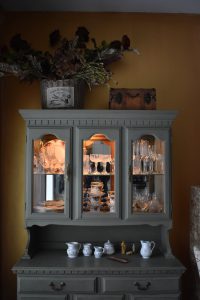
The first step in your evaluation process should be identifying what type of antique china cabinet you have. Here is an overview of different styles and their distinct designs.
Step-Back China Cabinet
A recessed china cabinet, alternatively known as a “step-back cupboard” or “pie safe,” represents a unique piece characterized by its unique stepped design. Such cabinet style was prevalent in the United States throughout the 18th and 19th centuries, commonly utilized for storing and showcasing dishware and glassware.
The step-back design of these cabinets comprises two distinct sections: a lower cabinet and an upper cabinet. The lower cabinet includes one or more doors and might have shelves or drawers to increase storage capacity. The upper cabinet is positioned on top of the bottom cabinet and features glass-paneled doors or exposed shelves to display decorative objects.
Breakfront China Cabinet
A breakfront china cabinet is an antique piece characterized by its distinctive, stepped design. The “break front” part is about how the cabinet is set up. A middle bit sticks out from the two sides, giving it a divided look. Usually, the central part has glass doors or open shelves for showing off your items, while the sides have wooden doors or drawers to stash away extra things.
The breakfront style was popular in Europe and America during the 18th and 19th centuries and was typically used to store and display delicate items.
Hutch-Style China Cabinet
A hutch-style china cabinet blends the practicality of a china cabinet with the aesthetic of a hutch. This furniture design gained popularity in the United States during the 1800s and early 1900s and was commonly utilized for housing and showcasing dishware, glassware, and various ornamental pieces.
The hutch-style china cabinet has a lower portion resembling a conventional china cabinet and is equipped with doors that expose storage shelves when opened. Diverging from a solid top, this style showcases an open, shelf-filled upper portion that mirrors the design of a hutch. The top section might have glass doors to display cool things or be left open so you can quickly grab what you need.
Corner China Cabinets
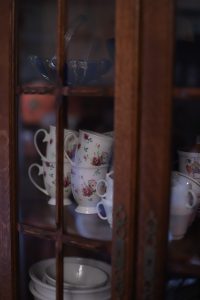
Corner china cabinets represent a style of antique furniture designed to occupy a room’s corner space. Their style was prevalent in Europe and America throughout the 18th and 19th centuries, commonly serving as storage and display units for fragile and decorative pieces.
These cabinets tend to be tall and slim, with a triangular form that enables them to blend smoothly into a corner. Often, they showcase glass-paneled doors or open shelving, which allows the items to be visible and appreciated. Numerous corner china cabinets also offer extra storage capacity in their lower sections, including solid wood doors or compartments with drawers.
Curved Glass China Cabinets
Curved glass china cabinets are a category of antique furniture with curved glass on their sides and front. Cabinets of this type were favored in Europe and America during the late 1800s and early 1900s, mainly used for displaying china and decorative items.
Cabinets in this style tend to be tall and slim, with a curved glass front and sides that create a refined and elegant appearance. The glass is usually secured by wood or metal frames, which may display intricate carvings or elaborate decorations. Many cabinets also showcase glass shelving, which makes the contents visible and more appealing.
Curio Cabinets
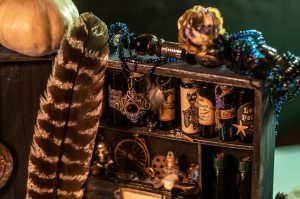
Curio cabinets represent a display case crafted to showcase and safeguard small, fragile, and valuable items. Typically constructed of wood and glass, these cabinets include shelves or drawers tailored to accommodate and exhibit items like porcelain figurines, glassware, or miniature art pieces.
Curio cabinets are available in various sizes, styles, and designs. They range from small tabletop models to large floor-standing units and may feature one or multiple doors, drawers, or shelves.
People frequently use curio cabinets to present collections, such as figurines, artistic pieces, or sports autographs.
Additionally, they’re famous for showcasing family collectibles like antique china dolls, silverware, etc.
Factors Affecting the Value of Antique China Cabinets
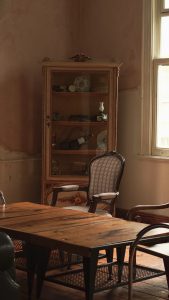
The value of an antique china cabinet ranges from a few dollars to thousands of dollars depending on the following factors.
Quality
The value of a china cabinet is heavily influenced by the workmanship and materials used in its creation. Cabinets crafted from fine hardwoods and adorned with elaborate carvings or inlays typically hold greater value than those made from inferior materials or featuring less intricate details.
Era
The china cabinet’s age also impacts its worth. Older items are generally more valuable due to their rarity and unique construction techniques or styles. For instance, cabinets from the 18th and 19th centuries are more valuable than those from the 20th century.
Rarity
The rarity of a china cabinet plays a key role in establishing its worth. A rare cabinet from a particular time, creator, or style will have a significantly higher value than a more common item. For example, a cabinet produced by a renowned furniture maker or designer, or one exemplifying a unique or rare style, will fetch a higher price.
Condition
The state of an antique china cabinet is vital in evaluating its worth. A well-maintained piece with original finishes, hardware, and glass will hold a higher value than a similar item that has been restored or exhibits visible damage. Be wary of extensive restorations, as they can occasionally reduce the item’s value.
Provenance
The china cabinet’s history, including previous ownership or documented narratives, contributes to its worth. If the cabinet has an intriguing heritage or is owned by a prominent individual, its value could increase substantially.
How to Determine the Value of Your Antique China Cabinet
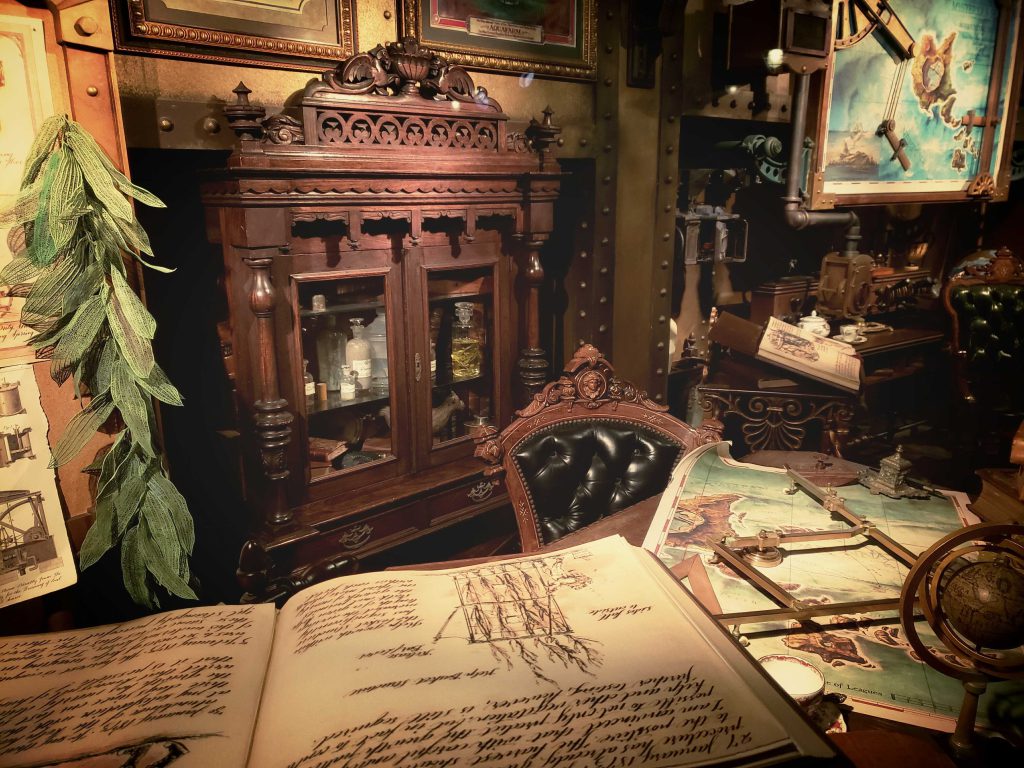
After identifying all types of china cabinet styles and factors that affect their value, let’s discuss the methods you can use to value an antique china cabinet.
Research
Start by examining similar china cabinets to gain a rough understanding of their worth. Online auction platforms, antique shops, and collector forums are valuable resources for identifying similar items. One good forum you can go to is Antiquers.
Keep in mind that the prices you find might not directly correspond to your cabinet’s value but offer a foundation.
Books and Publications
Although you may not find books exclusively focusing on antique china cabinets, several books and publications center on antique pieces’ identification and valuation. Various sources may teach you crucial details about diverse styles, makers, and eras, helping you refine the potential worth of your china cabinet.
Some examples are: “Field Guide to American Antique Furniture” by Joseph T. Butler and “Miller’s Antiques Handbook & Price Guide” by Judith Miller.
Seek a Professional Appraisal
To obtain the most precise evaluation of your antique china cabinet’s value, seek the advice of a professional appraiser. Considering all the factors above, an appraiser will provide you with a written report outlining your cabinet’s worth. Contact a local antique dealer or explore online directories such as the American Society of Appraisers to locate a trustworthy appraiser.
Auction House Estimates
Consider consulting auction houses for an estimate if you’re contemplating selling your china cabinet. Using these estimates can offer insights into the sale prices of similar items at auction, assisting you in determining a potential price range.
Conclusion
In conclusion, antique china cabinets are beautiful and functional furniture with a rich history, making them highly desirable among collectors and homeowners. Identifying and valuing these exceptional items can be a rewarding and educational journey as you delve into the details of their craftsmanship, age, rarity, condition, and provenance.
While researching and utilizing various resources provide valuable insights, the most reliable method for determining the exact value of an antique china cabinet remains to consult a professional appraiser. An expert in the field can assess all the relevant factors and provide a comprehensive valuation, ensuring that your prized possession is appropriately appreciated and safeguarded.

Leave a Reply